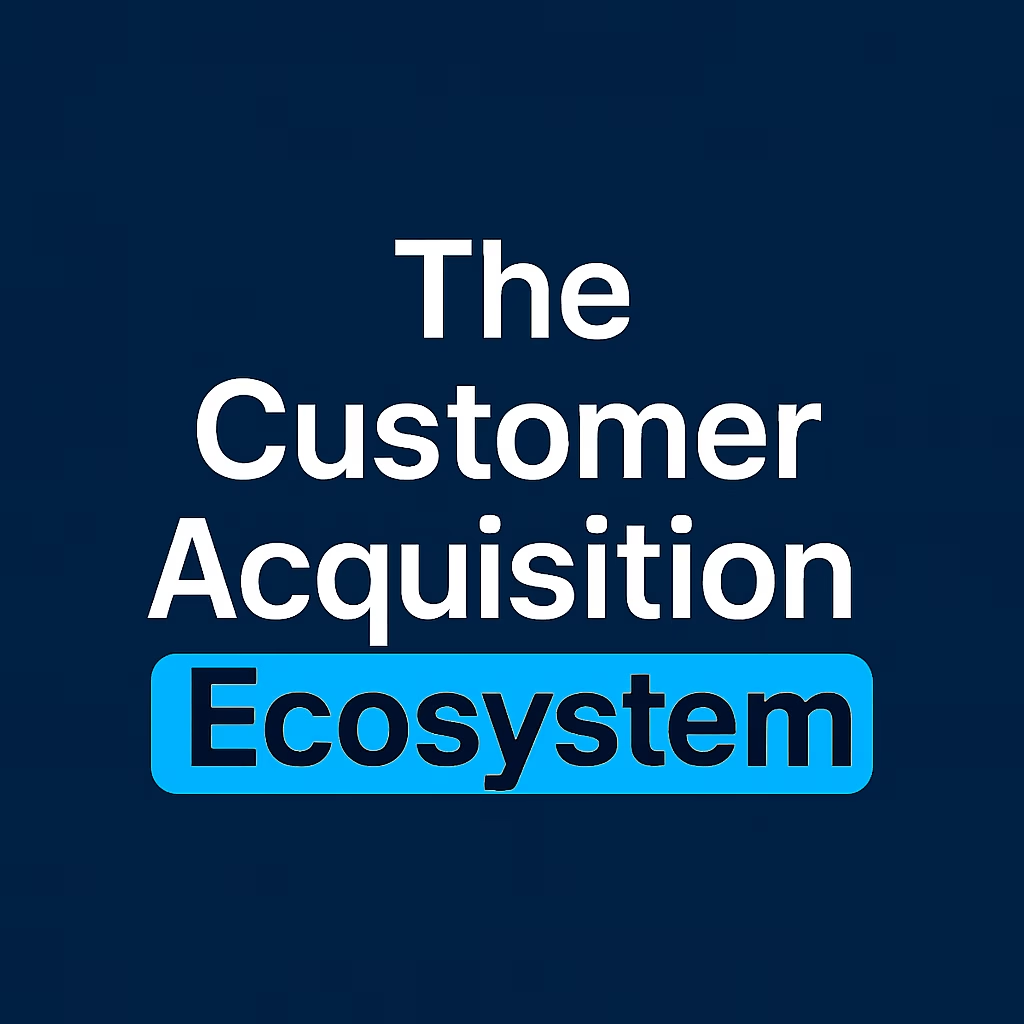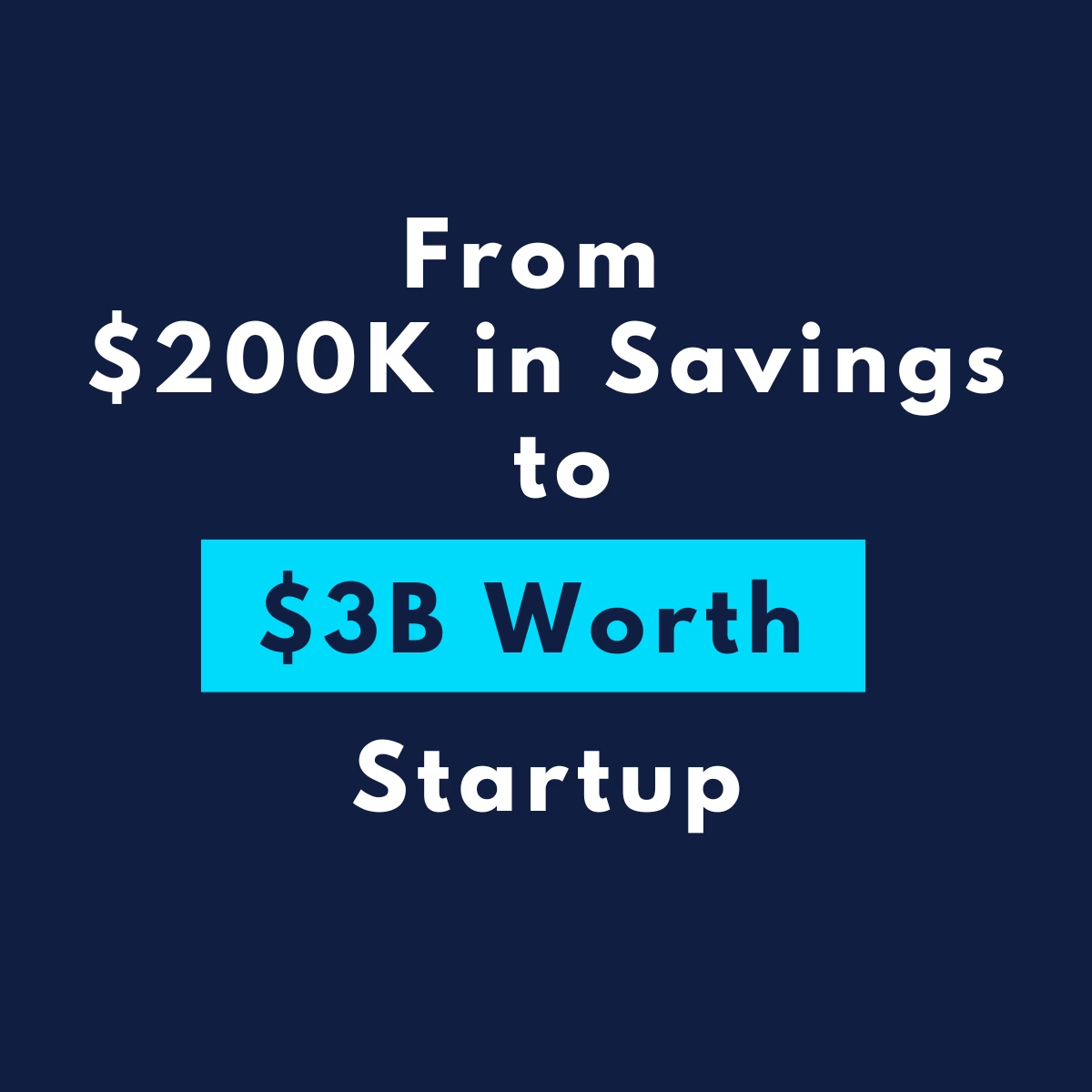If you remember, I started writing about African entrepreneurs.
But here’s the issue, they don’t share how they grow, and most use old models. You don’t even know how much their business makes.
So I decided to write case studies of non African businesses that make over 10 million.
This are business ideas you can start in Africa series
I’ll talk about:
– How do they come up with the idea
– First customers
– Raising funds to scale
– How do they scale their business?
– Their brand’s marketing strategy
– Revenue and profitability
– Replicating the business Idea in Africa
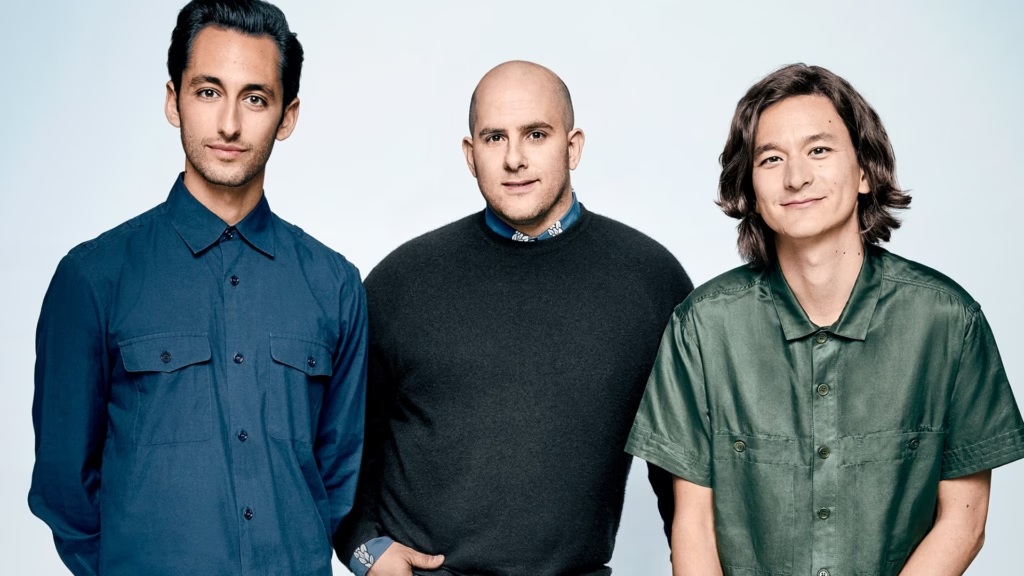
How do they come up with the idea
Jonathan Neman, Nicolas Jammet, and Nathaniel Ru were three friends who were into healthy food, but as students of Georgetown University the food in the campus were too greasy or too slow.
That’s when they saw the gap, no fast casual spot serving real fresh food made with good ingredients.
That is when they decided to launch their company, Sweetgreen in 2006.
While still in school, they raised around 300,000 from friends and family and opened their first small 500 square foot store two months after graduation, right near campus.
The goal was simple, serve real food, connect with the community, and do it in a sustainable way.
That frustration turned into one of the most well-known healthy food brands in the country.
First customers
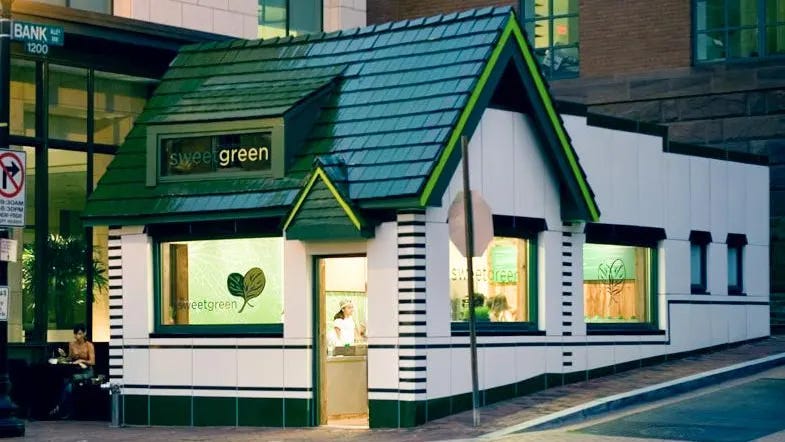
Their first customers were mostly from the Georgetown campus millennial students, and people from the neighborhood in washington, looking for something fresh and different.
- Health-conscious millennial students
People in their 20s and 30s, looking for fast, clean, and nutritious meals. - Eco-aware consumers
Customers who care about sustainability, local sourcing, and environmentally responsible brands.
It wasn’t just about salad, it was the vibe, the simplicity, and the real food.
Locals started coming too. They saw the line, they heard people talk about it, and they gave it a try.
Since the first store was right near campus, a lot of students came in. Word spread fast.
Raising funds to expand
Between 2013 and 2019, Sweetgreen raised multiple rounds of funding that helped turn it from a growing local brand into a national name:
- 2013: Raised 22 million from Revolution Growth, led by Steve Case.
- 2014: Raised another 18.5 million, again led by Revolution Growth, with participation from notable investors like Gary Hirshberg and Scott Belsky.
- 2015: Closed a 35 million Series F round led by T. Rowe Price, along with continued backing from Revolution Growth.
- 2016: Raised 40 million in a Series G round, aimed at growing nationally and improving customer experience.
- 2018: Landed a massive 200 million Series H round from Fidelity Investments. This round valued the company at over 1 billion and pushed their tech and blockchain initiatives.
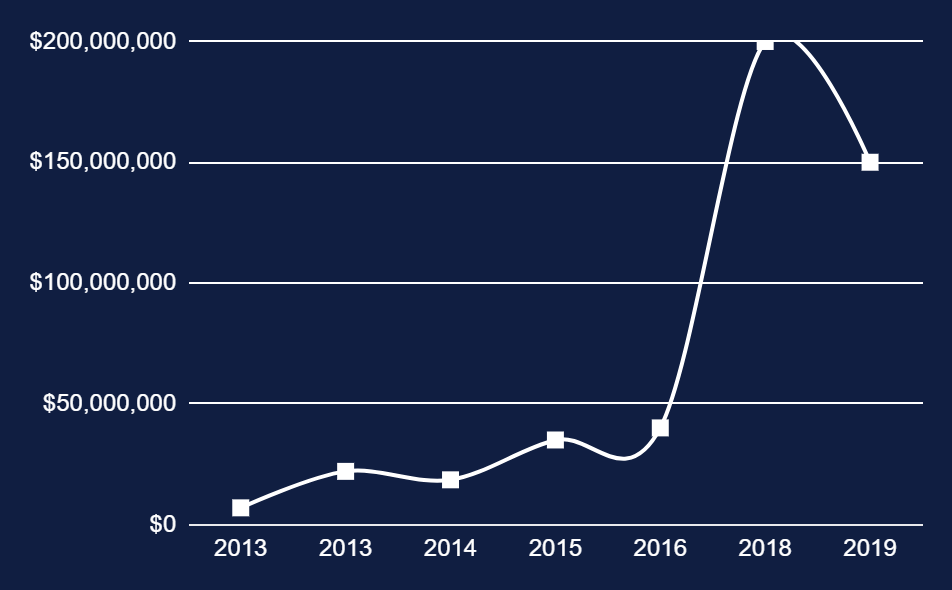
How do they scale their business?
Restaurants and supermarkets depend on location, to grow, they need to expand and open in new areas,I broke down how restaurants do that in this article.
Sweetgreen started expanding its business around 2013,
Here’s how they did it:
- 2013: They raised 22 million from Revolution Growth and used it to move beyond D.C, opening new stores in New York City and Boston.
- 2014 to 2016: They continued growing, hitting 29 locations by 2014.
- In 2016, they moved their headquarters to Los Angeles, showing their intention to grow coast to coast.
- 2018 to 2019: With new funding rounds like the 200 million from Fidelity (2018) and 150 million from Lone Pine Capital and D1 (2019), they expanded aggressively and started investing in tech to support scale.
They targeted cities with the right audience and staying close to their brand values: real food, community, and sustainability.
Their brand’s marketing strategy
Sweetgreen used a mix of community-driven, culture-focused, and digital strategies to build their brand from the ground up. Here’s how they did it:
Community and Lifestyle First
They didn’t start with ads. Instead, they focused on building a lifestyle around real food.
- Hosted local events
- Built strong ties with farmers and suppliers
- Opened stores in places where their target audience lived and worked
Sweetlife Festival
In 2010, they launched the Sweetlife Music Festival, bringing together music, food, and sustainability.
Content and Storytelling
They told stories around health, sustainability, and sourcing.
Not just salad, but where it came from and why it mattered.
Their blog and social channels reflected this message consistently.
Influencer and Culture Partnerships
They partnered with Naomi Osaka, used Snapchat ads, and even dropped merch collabs.
Their audience wasn’t just buying salad, they were buying into a culture and lifestyle.
Tech and Personalization
They invested early in their mobile app, online ordering, and later, automation with Infinite Kitchen.
Naomi Osaka
She joined as both investor and brand ambassador, helping Sweetgreen connect with younger, health-conscious audiences
In short, they built the brand like a movement, one rooted in values, driven by culture, and backed by tech.
Revenue and profitability
Sweetgreen’s revenue has grown steadily over the years:
- 2019: $274 million
- 2020: $221 million (dip due to pandemic)
- 2021: $340 million
- 2022: $470 million
- 2023: $584 million
- 2024: $677 million
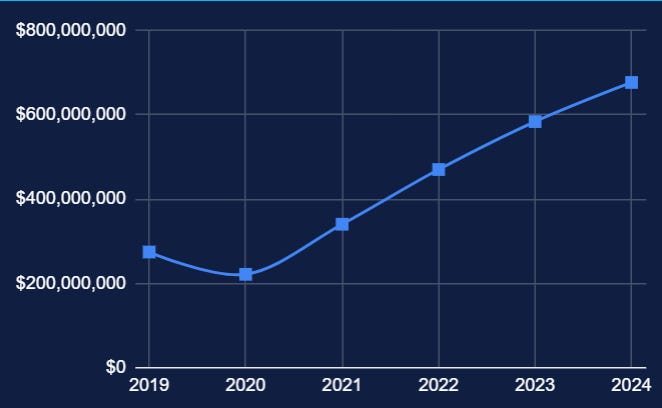
In 2024, they hit their first full year of positive adjusted EBITDA at $18.7 million, showing they’re finally moving toward real profitability.
The growth came from expansion, tech investment like the Infinite Kitchen, and stronger unit economics.
Replicating the business Idea
If I were to start the same business, here’s what I would focus on:
Sweetgreen didn’t raise money for the first 6 years, just from family and friends. That’s enough to start.
Location: Downtown areas where professional women work and middle-class women hang out.
Menu: Healthy, vegetable-based fast food. Simple, fresh, real food.
Customer Profile: Middle-class and professional women who care about what they eat.
Deliverability: Make it easy to deliver to home or work. There are enough apps now, just plug into the system.
Content: Create content on social media that connects with the local audience. Show the food, the lifestyle, the people.
Advertisement: Run paid ads to bring people to the restaurant.
Invite local influencers for a free meal.
They already have the audience you want.
Focus on influencers with 10k to 50k followers. They’re cheaper and more engaged.
Create Events: Build the culture you want by creating small community events.
You’re not just selling food, you’re building a movement.
The 7 Business Stages Model: Using this model helps you grow step by step. Here’s the article.
This is what I’d focus on. But running a business is different.
You need strength, especially in the first year. That’s where most people break.
That is all for today happy week and see you next.

